By the end of the outgoing 2014, we decided to share with you the new discoveries in the world of animals. It would seem that he had long known all the inhabitants of our planet, but it still does not cease to surprise us. See extraordinary new species of animals discovered in 2014.Some of them you may be very surprised!
16 PHOTO and VIDEO 1
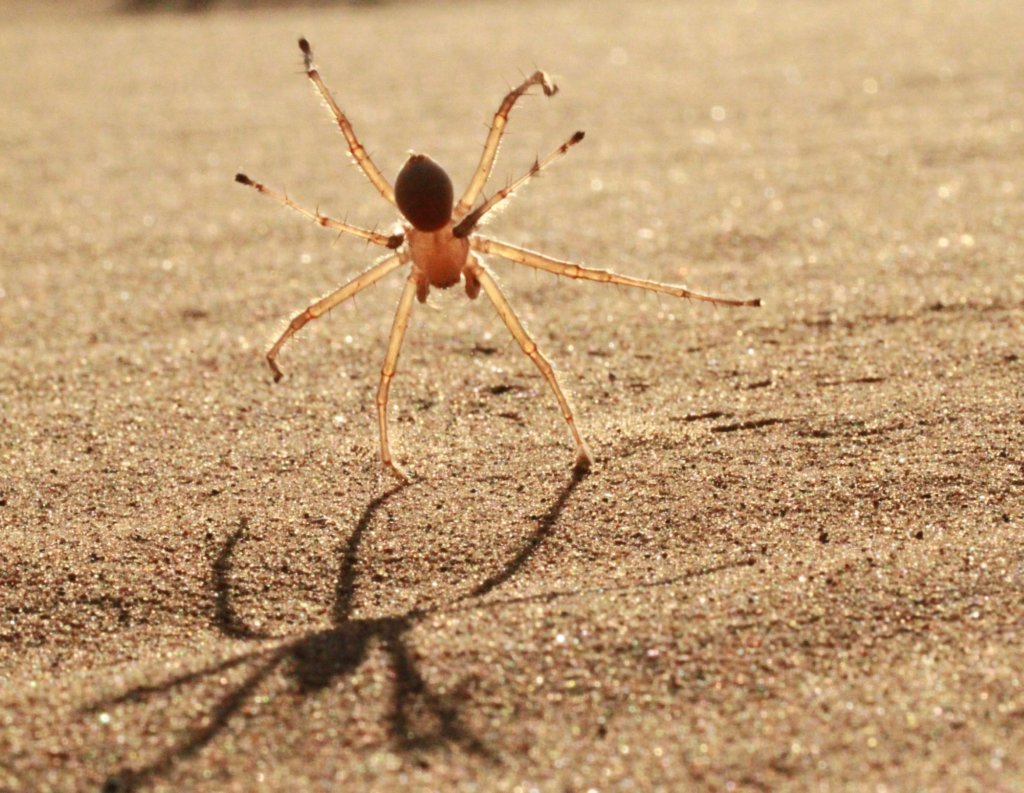 1. Spider-acrobat.
1. Spider-acrobat.Cebrennus rechenbergi in English called "Flic Flac spider." The spider was found Ingo Rechenberg, German professor of bionics. Spider-acrobat lives in the desert Irk asz-Szabbi in the south-eastern part of Morocco. He is nocturnal, feeding on moths. Daytime hiding from predators and the hot sun in special burrows that look like long tubes in the sand. When he feels Ugra, then runs away. That's OK, you might say. But the way he does it, you can really impress. It uses effective method of Flic en Flac, ie makes a series of acrobatic coups, when it can reach speeds of up to two meters per second. (Photo: Ingo Rechenberg).
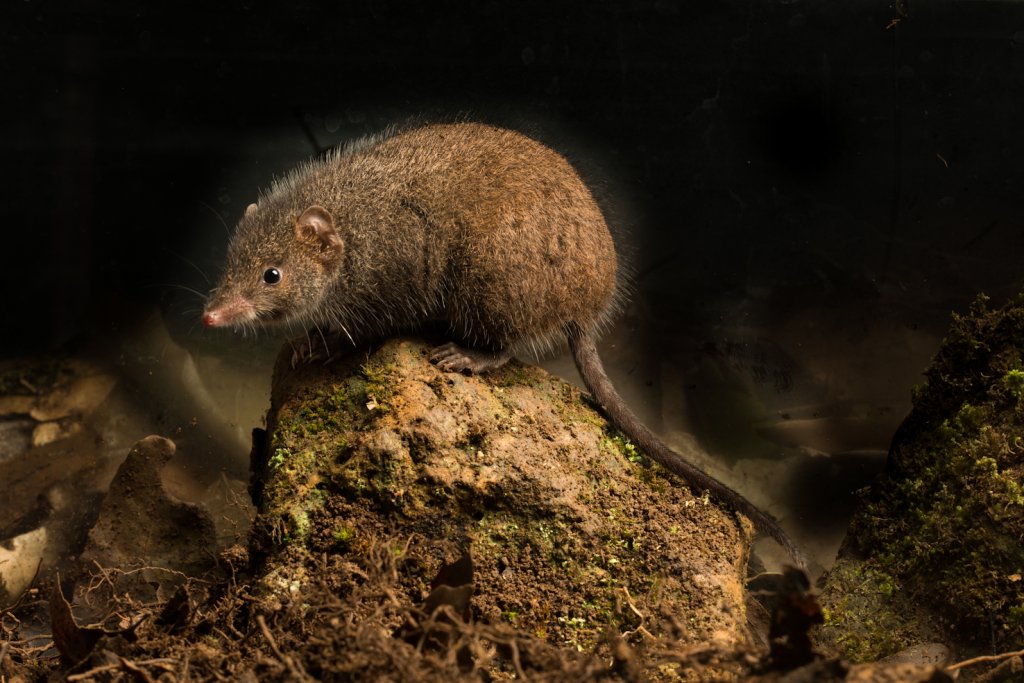 2. Antechinus Arktos - a small marsupial found in Australia.
2. Antechinus Arktos - a small marsupial found in Australia.Antechinus Arktos like a small marsupial mice, it is nocturnal and feeds mainly on insects. Lives in the highlands in the north of Springbrook National Park in the eastern regions of Australia. He has brown-orange fur, a long black tail and black paws. It was opened by Andrew Baker.(Photo: Gary Cranitch).
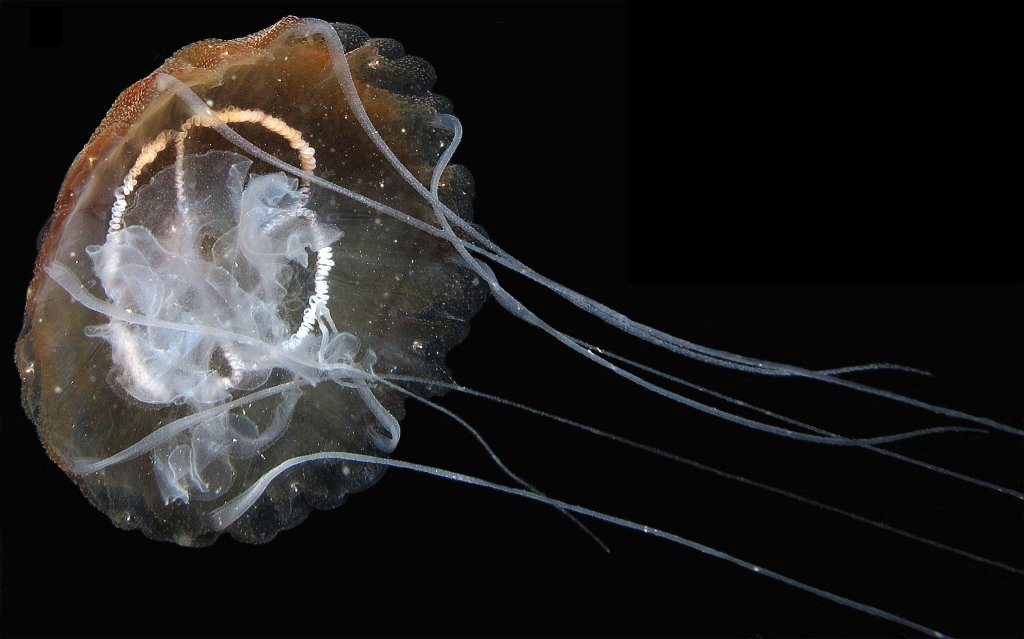 3. jellyfish Pelagia benovici.
3. jellyfish Pelagia benovici.Last autumn, the fishermen off the coast of Venice began to catch hundreds of unusual species of jellyfish. Previously, they had never seen such.Jellyfish flashed yellow-amber color, which attracted the attention of scientists, who will soon be classified as a new species of jellyfish - Pelagia benovici. (Photo: Fabrizio Marcuzzo).
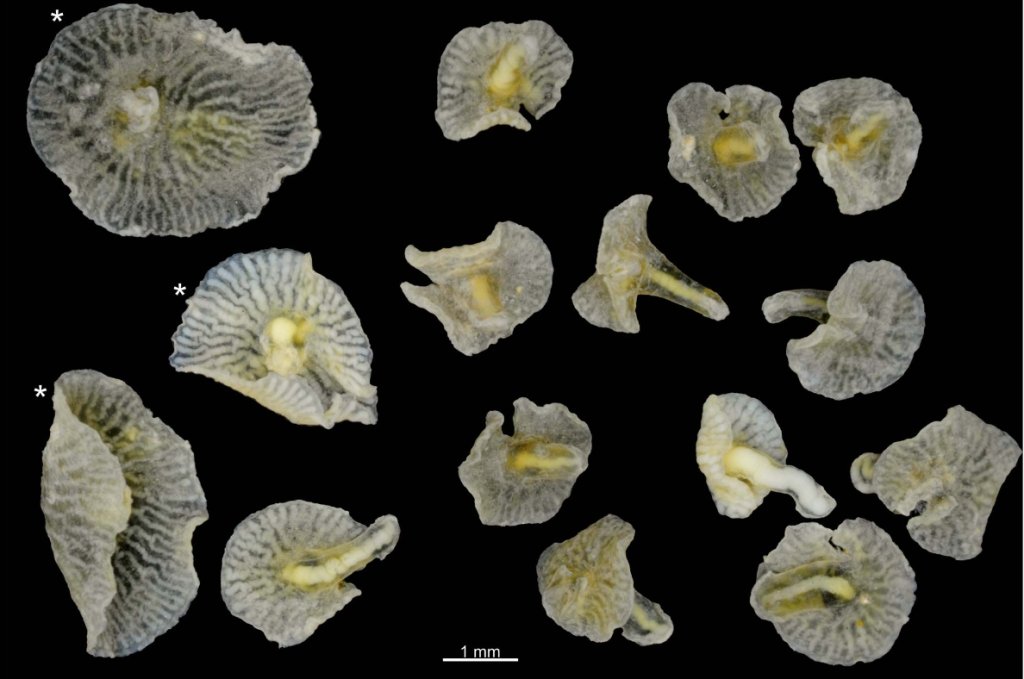 4. Marine organisms Dendrogramma.
4. Marine organisms Dendrogramma.This is probably the most important discovery of the year. We deal with entirely new organisms, which only can be said that while they are allowed. They do not fit the description of any existing type of animal. Researchers point to the similarity of these marine organisms, with organisms that existed ... 600 million years ago. It is possible that Dendrogramma are descendants of primitive animals belonging to an extinct type Trilobozoa. (Photo: Jean Just).
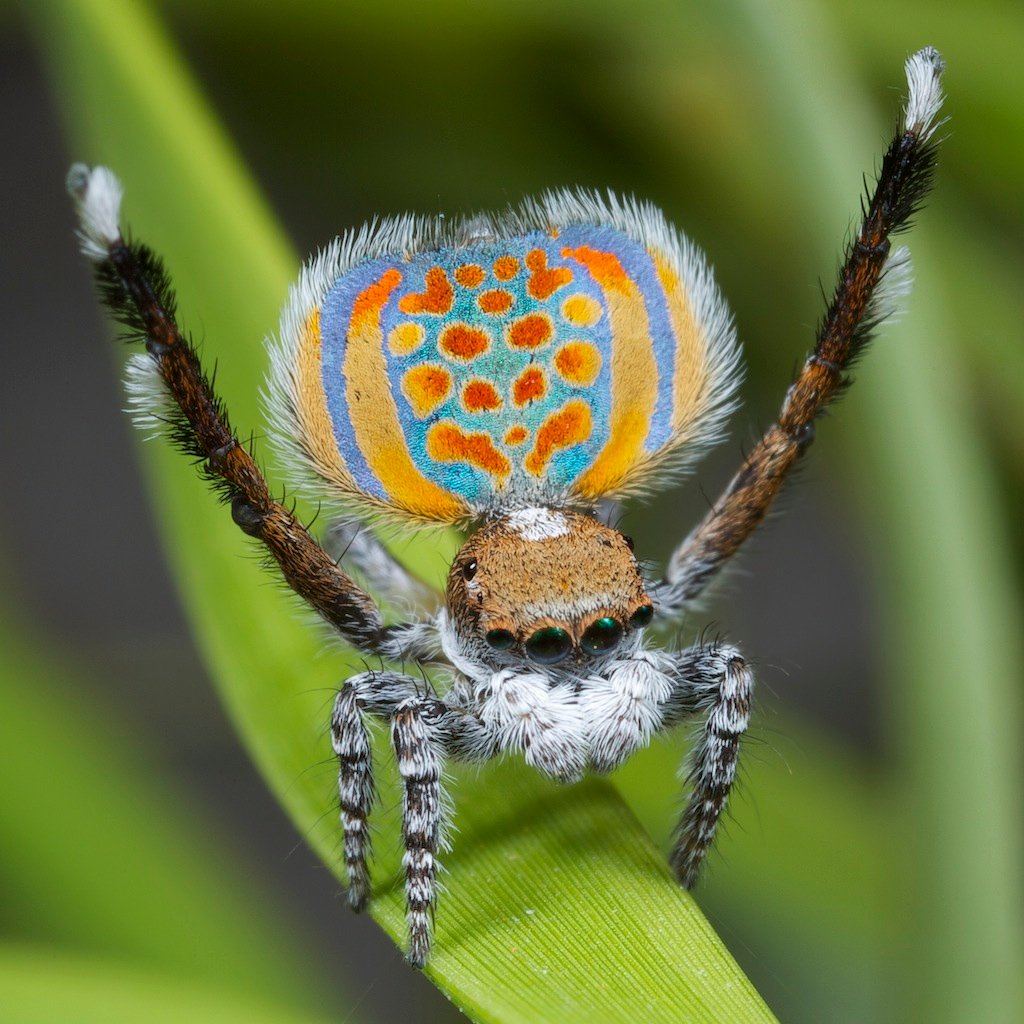 5. Spider, mesmerizing dance.
5. Spider, mesmerizing dance.Maratus pardus - this cute little spider belongs to the family of jumping spiders. Also called spider-peacock, because of the very colorful abdomen, which he bends so much that can flatten it over his own head. These spiders have been found in the marshy area of ​​the National Park at Cape Le Grand, in the south-western part of Australia. (Photo: Jürgen Otto).
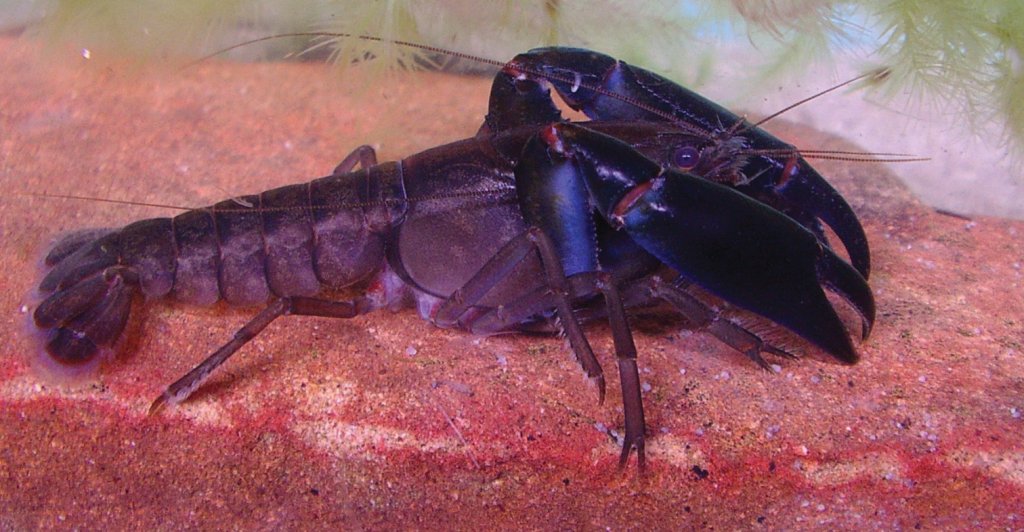 6. Gramastacus Lacus.
6. Gramastacus Lacus.Gramastacus Lacus is also called swamp crayfish East, as they live in the swamps and lakes on the coast of New South Wales, in the south-eastern Australia. They were discovered by Robert McCormack. This very small cancers, weighing an average of 5 grams, and a length of about 2 centimeters. Differ from other types in that they have a very large genital genital warts. (Photo: Robert B McCormack).
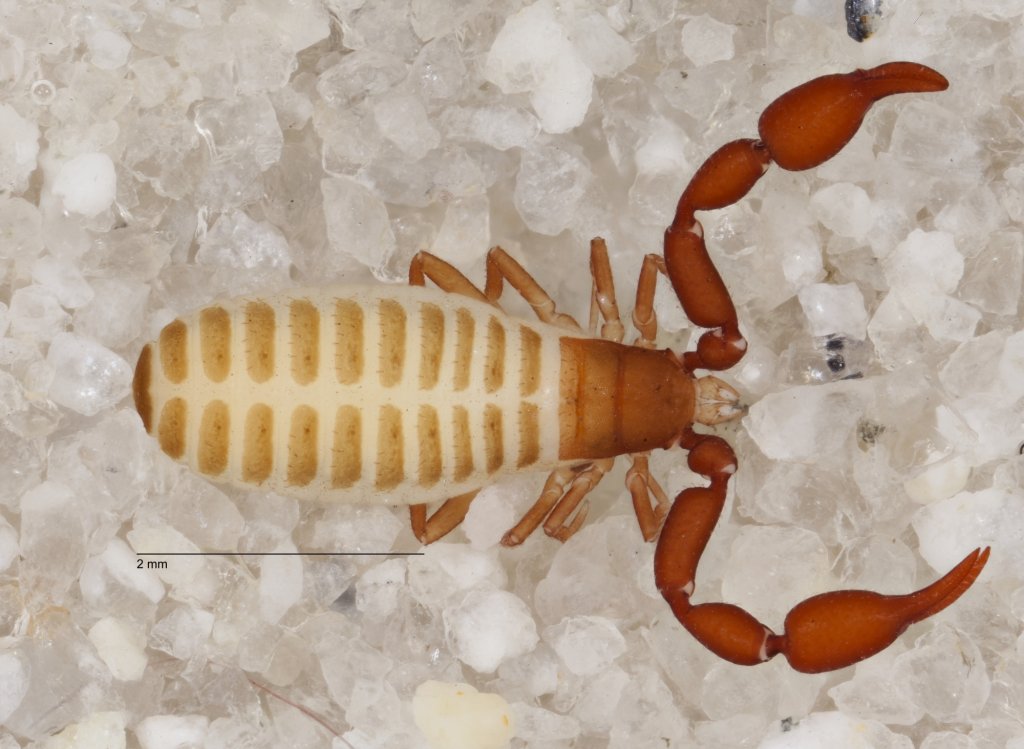 7. Hesperochernes bradybaughi or lzheskorpiony.
7. Hesperochernes bradybaughi or lzheskorpiony.Lzheskorpiony resemble small scorpions, only without the caudal segment with a poisonous needle. Therefore they were called lzheskorpionami.These miniature animals, measuring about 3 millimeters in length, fully adapted to life in the dark cave - they have no eyes. They were discovered in a cave in Arizona, in a protected area Parashant, on the northern edge of the Grand Canyon. (Photo: J. Judson Wynne, Northern Arizona University).
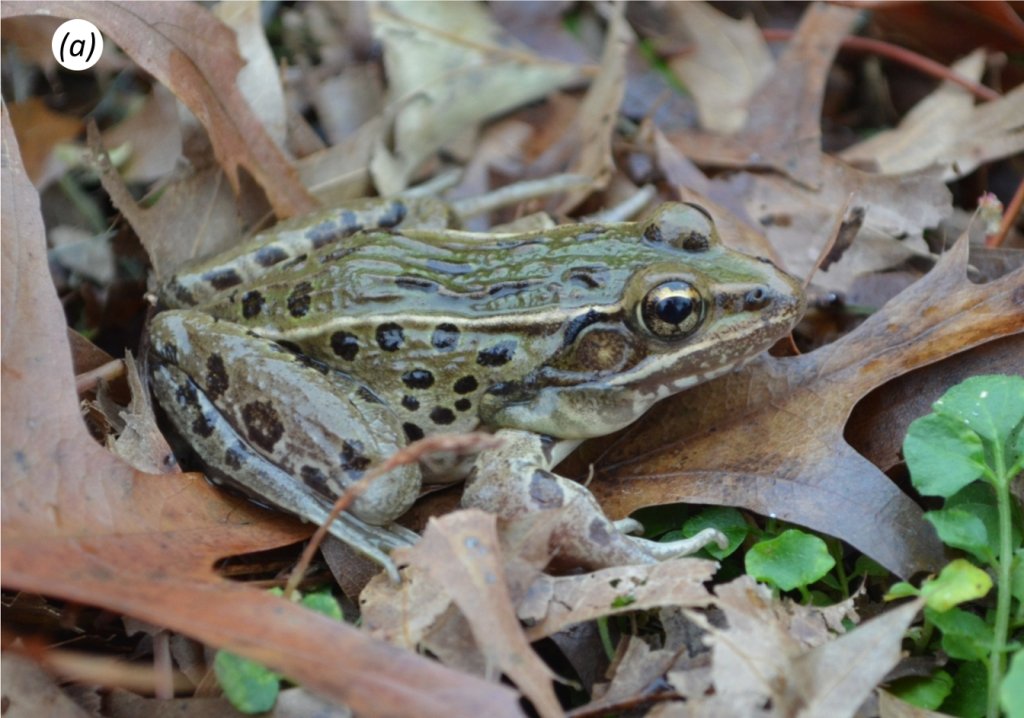 8. Frog Rana kauffeldi.
8. Frog Rana kauffeldi.Imagine that this new species of frogs were found on Staten Island, New York - in the densely populated metropolitan area of ​​one of the largest cities in the world. Opening did Jeremy Feinberg. (Photo: Brian R. Curry).
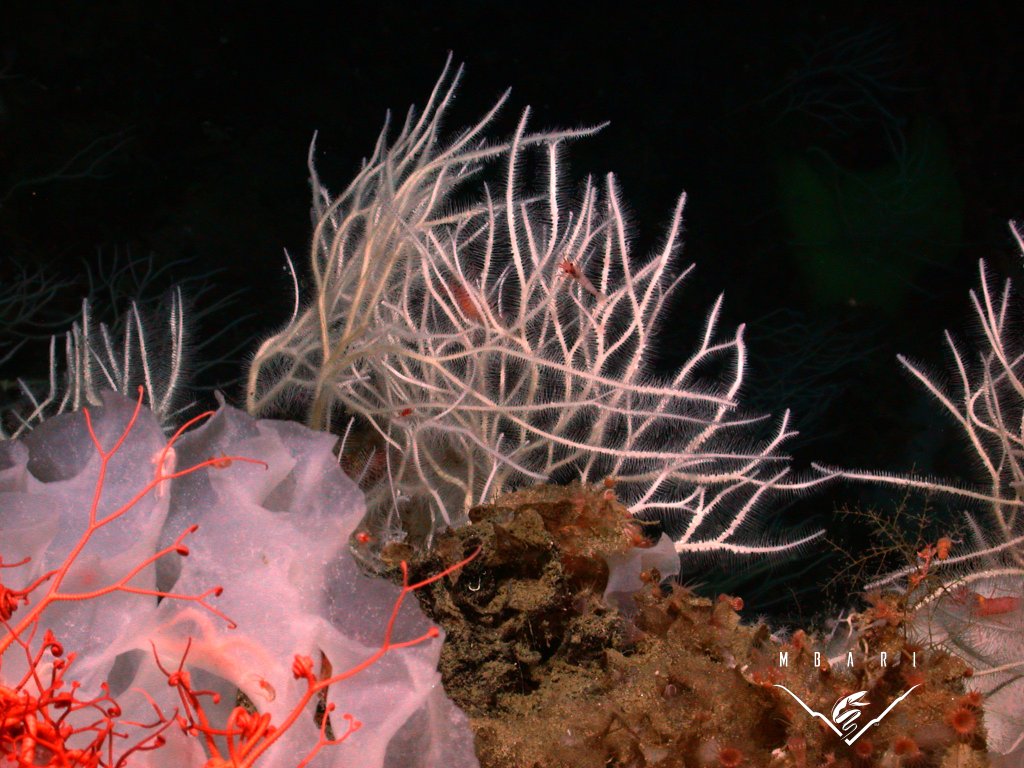 9. Asbestopluma Monticola - carnivorous sponge.
9. Asbestopluma Monticola - carnivorous sponge.Carnivorous sponges were discovered by a group of researchers from the Monterey Bay Aquarium Research Institute and the Canadian Research Institute. They grow on the ocean floor, near the sources of energy, such as hydrothermal vents and underwater volcanoes. On this kind of delicate creatures, but they can in just a few hours to absorb its prey and begin to digest it. A few days later the victim remains only an empty shell. Carnivorous sponges were found at a depth of 1,280 meters, on top of an underwater volcano Davidson, off the coast of California.(Photo: 2006 MBARI).
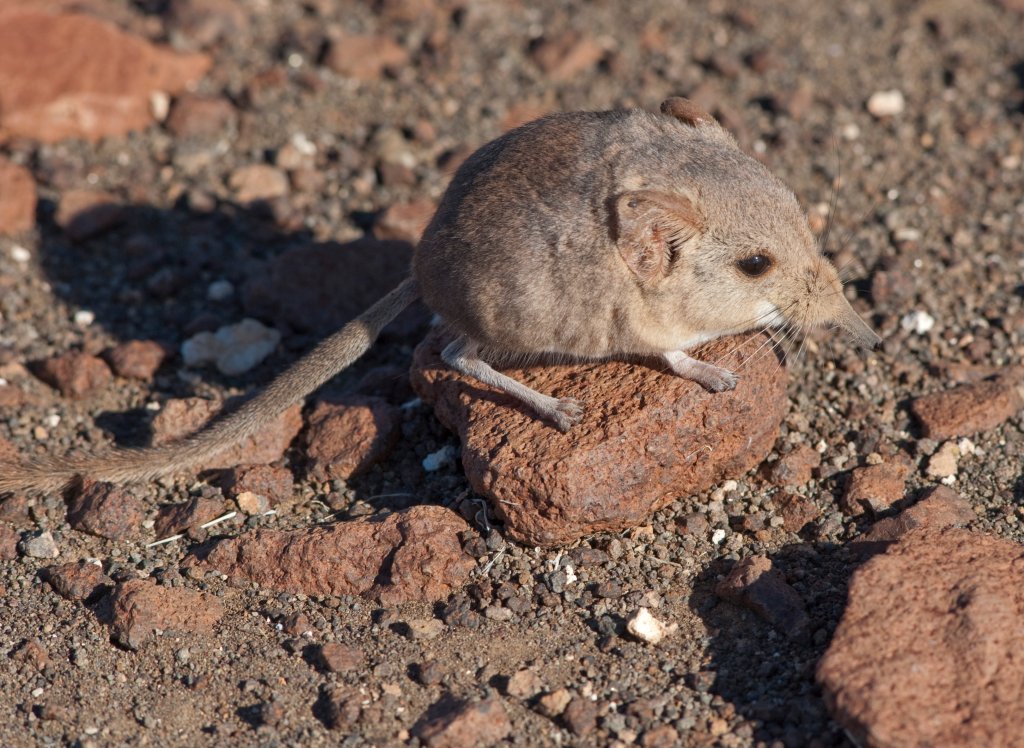 10. Macroscelides micus - a new kind of Elephant shrew of a kind Macroscelides proboscideus.
10. Macroscelides micus - a new kind of Elephant shrew of a kind Macroscelides proboscideus.They resemble mice with long noses, but in fact are close relatives of elephants .... This new species has been discovered and described a group of scientists, led by John Dumbacher.
What is interesting to study this kind, scientists have nine times to travel to the Namib Desert. Each night, they set from 50 to 200 traps, and used as bait, and peanut oil, oat flakes. In total, they were able to catch 21 different Elephant shrew, of which 15 were new kind Macroscelides micus. (Photo: Jack Dumbacher).
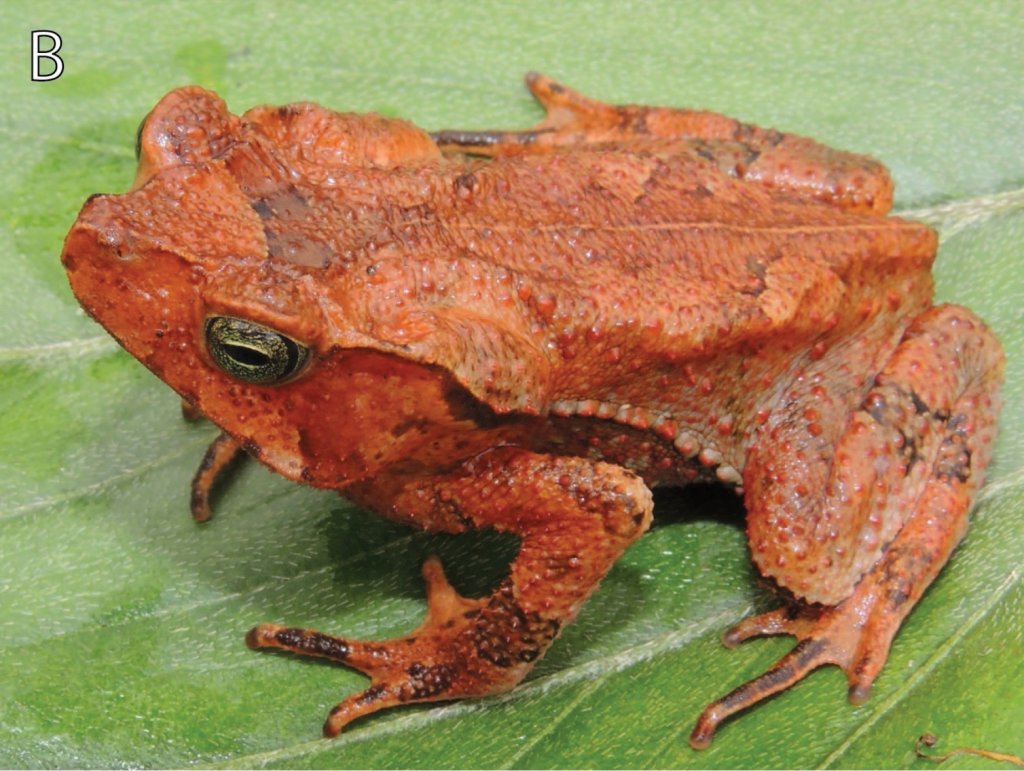 11. Peruvian toad Rhinella yunga.
11. Peruvian toad Rhinella yunga.New toad was found in the Peruvian rainforest Czech-Peruvian-American group of scientists led by Jiri Moravec from the National Museum in Prague. Toad named Rhinella yunga, and the word yunga language Quechua means "Warm Valley". Toad lives in central Peru, just west of Lima, in the transitional forest zone separating the National Park Yanachaga-Chemillén and protected forest Pui-Pui. These frogs live under the fallen leaves. (Photo: Jiri Moravec).
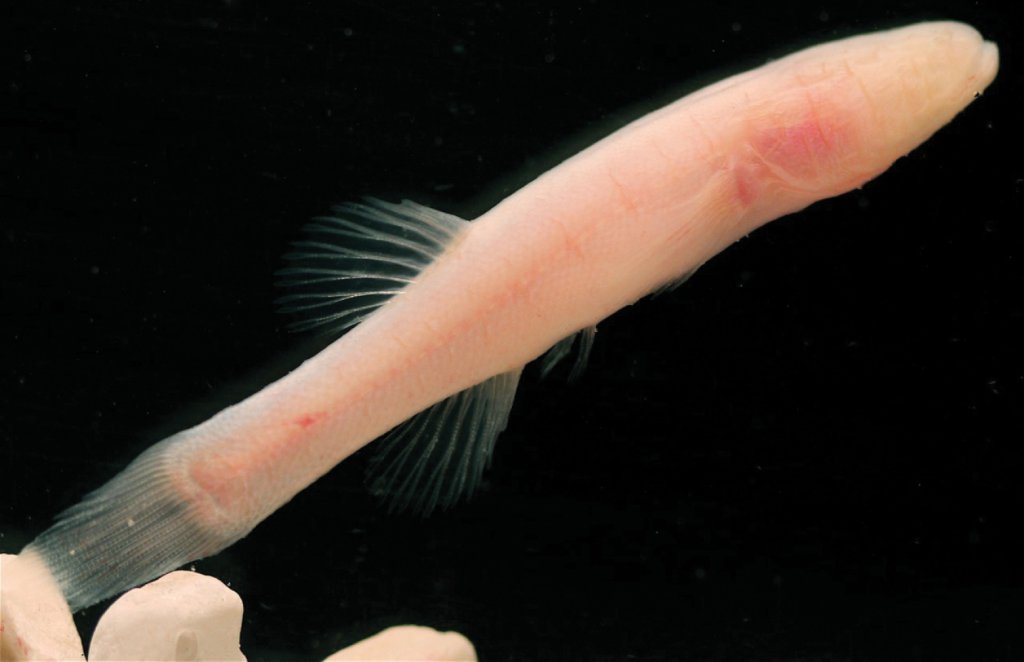 12. Fish Amblyopsis hoosieri.
12. Fish Amblyopsis hoosieri.This new kind of cave fish was found in the state of Indiana, in the United States. These pink blind fish anus is located at the back of the head .... Scientists can not yet explain this unusual its location, in the end, not without reason, the head and anus in animals, as a rule, are separated by a distance. The researchers suggest that such a system may help in breeding these fish (female reproductive organs are located near the anus). Amblyopsis hoosieri inhabit shallow water in karst caves. (Photo: ML Niemiller).
Scientists can not yet explain this unusual its location, in the end, not without reason, the head and anus in animals, as a rule, are separated by a distance. The researchers suggest that such a system may help in breeding these fish (female reproductive organs are located near the anus). Amblyopsis hoosieri inhabit shallow water in karst caves. (Photo: ML Niemiller).
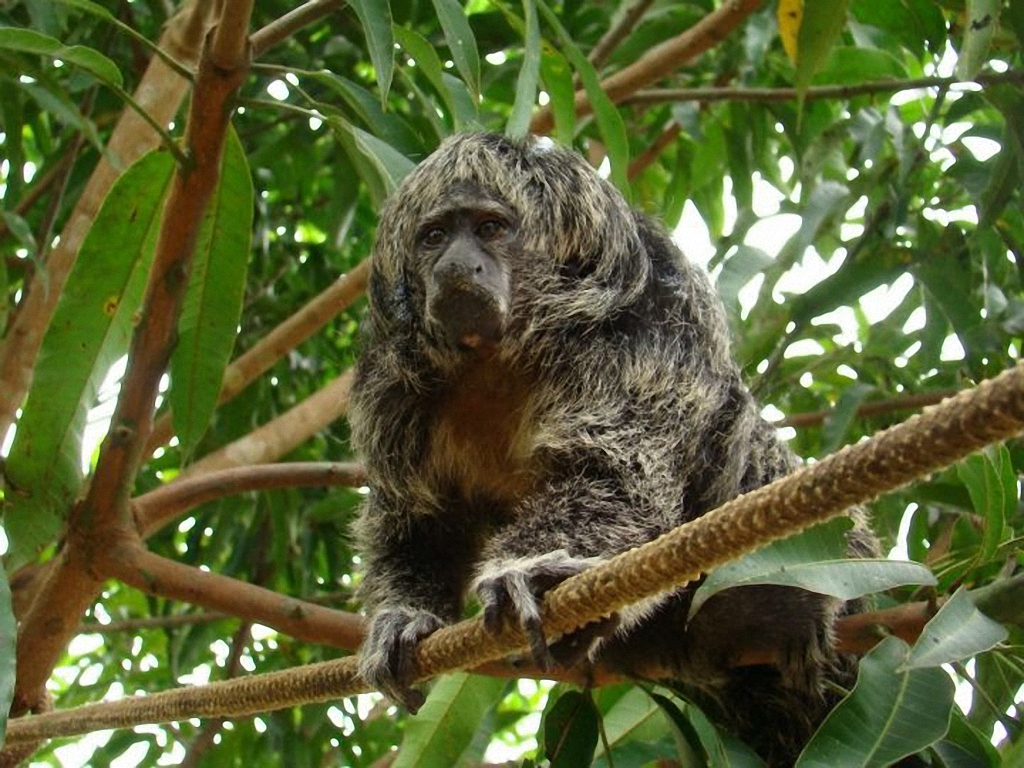 13. Monkeys Pithecia pissinatti.
13. Monkeys Pithecia pissinatti.The discovery of new mammals is an extremely rare event. This year, however, scientists have discovered five new monkeys in South America.They are called saki - a small monkey with long bushy tails, bare, black muzzles. They live in small groups consisting of 2-9 individuals: as a rule, is a pair of adults with several young monkeys. (Photo: Ricardo Sampaio).
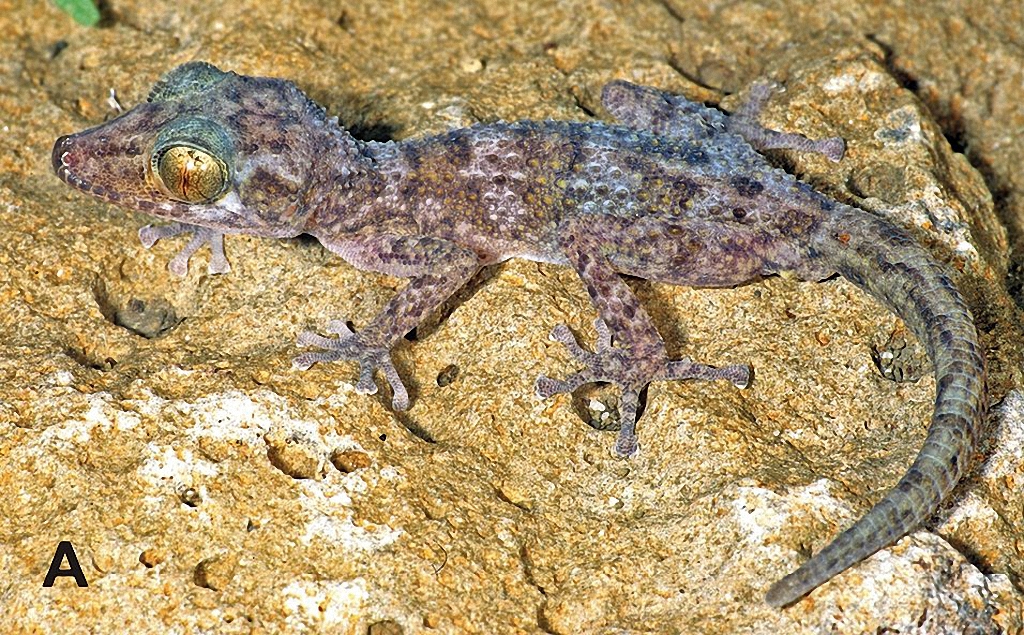 14. Gecko Paroedura hordiesi.
14. Gecko Paroedura hordiesi.Madagascar inhabited by dozens of species of geckos. German-French team of scientists has found another kind of animal, named Paroedura hordiesi, in honor of the German naturalist Freddi Hordiesa. Geckos are nocturnal, as evidenced by vertical pupils. Their distinguishing feature is the square shape of the limbs. They were discovered in the ruins of the French fortress in the north of Madagascar, in the reserve Montagne des Français, and the description of scientists, geckos there artfully merge with the background of the ruins and rocky terrain. (Photo: Frank Glaw).
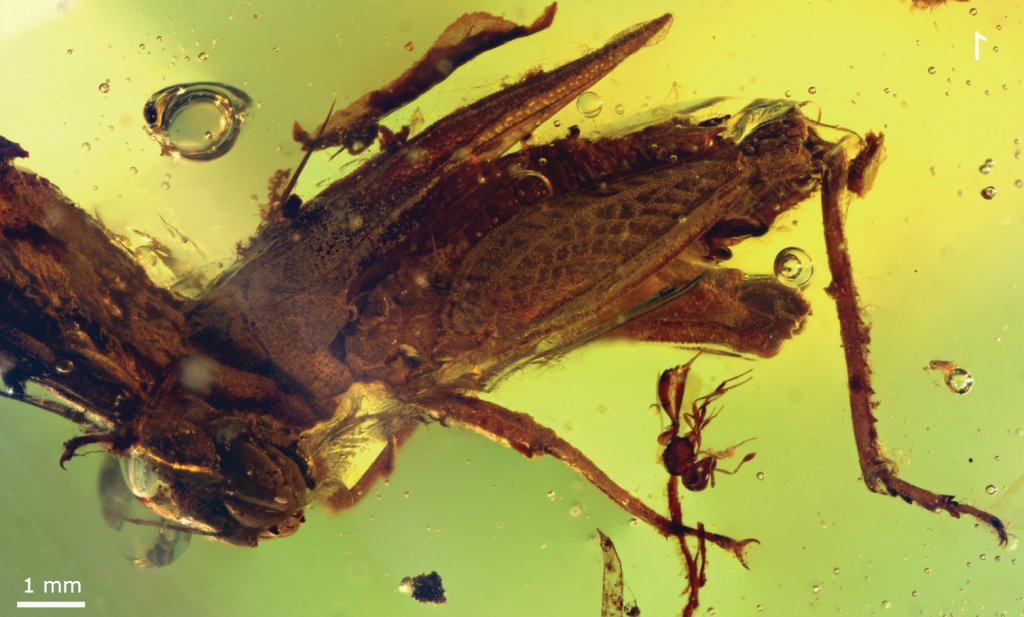 15. Electrotettix attenboroughi.
15. Electrotettix attenboroughi.It is the only non-living now view our list of discoveries, but very interesting from an evolutionary point of view. Electrotettix attenboroughi - this grasshopper, which opened Sam Heads, Jared Thomas and Yinan Wang. Electrotettix attenboroughi lived 18 to 20 million years ago, ate moss, fungi and algae. (Photo: Illinois University).
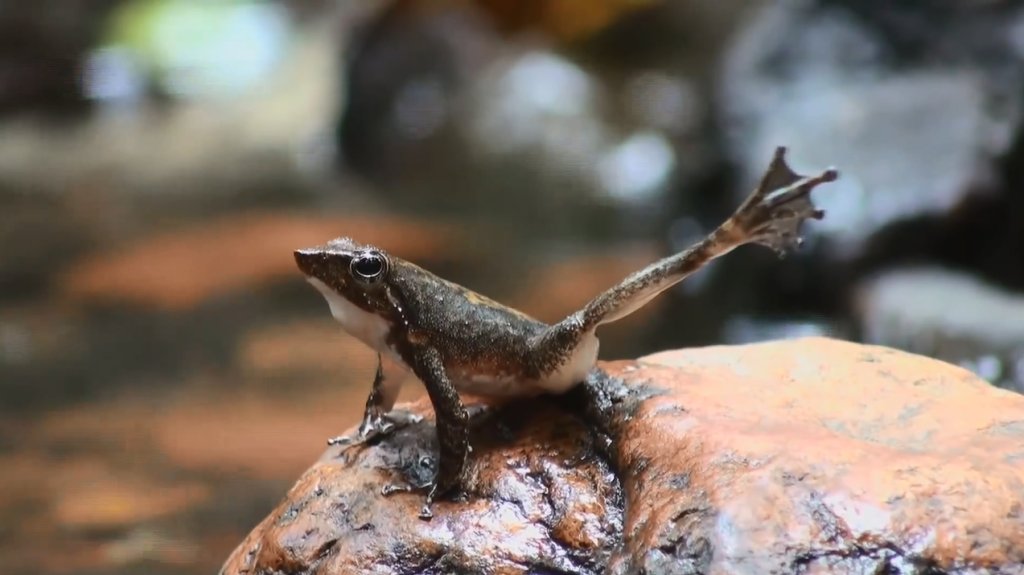 16. A frog of the genus Micrixalus.
16. A frog of the genus Micrixalus.Frogs of the genus Micrixalus can be found only in the Western Ghats, the mountains in the southern part of India. They are called dancing frogs because of the unusual behavior during the mating season. Males, except for the noisy sounds to attract the attention of females very interesting waving legs, still manage to also repel other males legs. Scientists believe that they appeared on Earth about ... 85 million years ago.Unfortunately, this species is in danger of extinction. (Photo: Sathyabhama Das Biju).